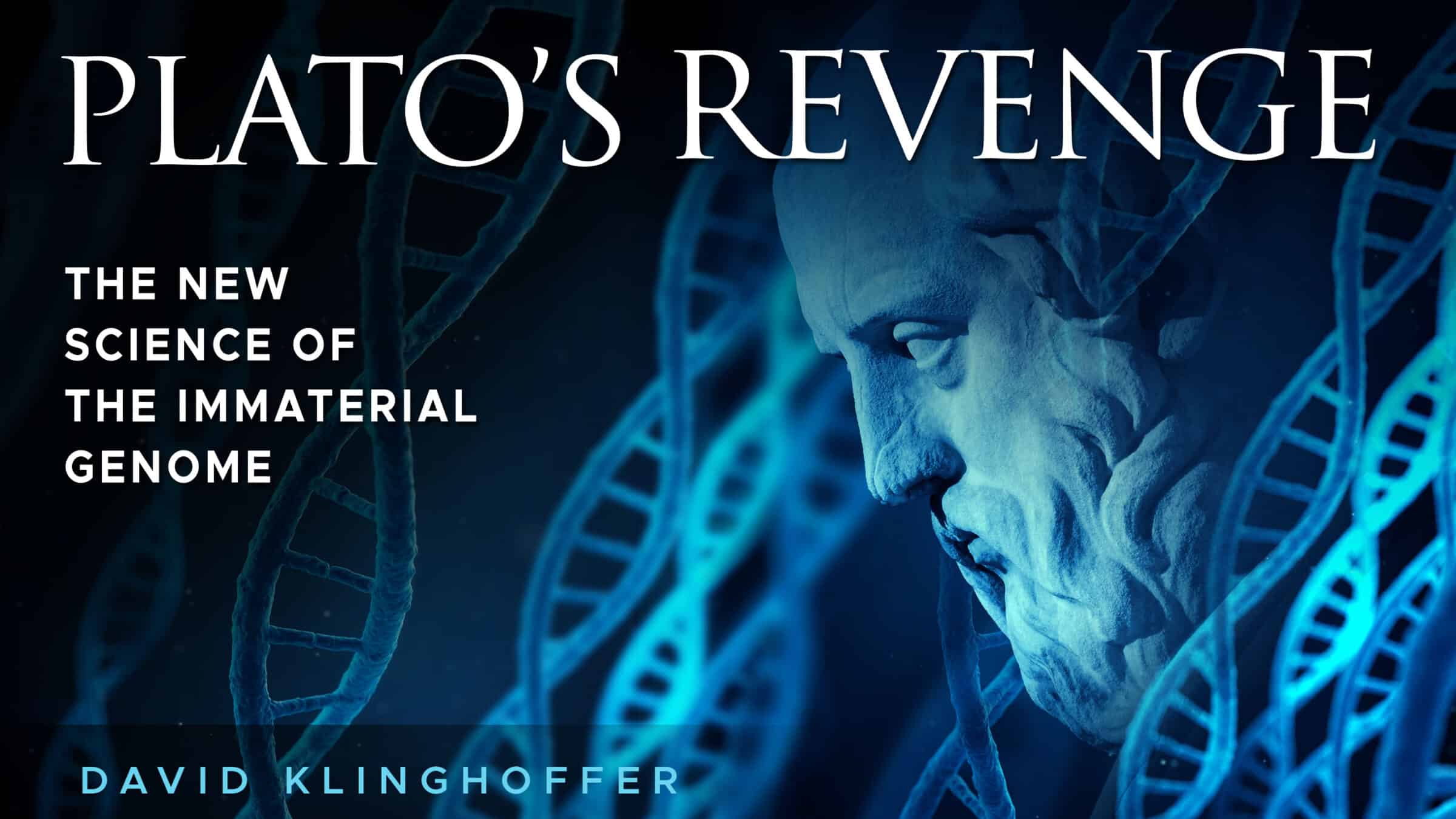 Evolution
Evolution
 Intelligent Design
Intelligent Design
Doctor’s Diary: I Couldn’t Put Plato’s Revenge Down

David Klinghoffer’s book, Plato’s Revenge: The New Science of the Immaterial Genome, made me think of the joke where a lifeguard screams out, “Hey, you! Get out of the gene pool!” Variations might include: “The gene pool needs a little more chlorine,” or “Who’s going to net all that junk out of the gene pool?”
Kidding aside, it seems that the gene pool is not quite what we thought it was. I rarely read a book as quickly as I did this text. And I virtually never read a book twice (partly, because there’s no time to do so), but this book will be an exception.
Beyond the Material Realm
Something way beyond description, perhaps beyond our imagination, is actually in charge of the billions, maybe trillions, of factors that go into the development of each creature’s submicroscopic, microscopic, and macroscopic make-up. One might also ask what makes the biological systems start working after conception and stop when we die? How do they interact so accurately (and quickly) or occur at varying intensities? How do they correct mistakes on the fly? The idea of an immaterial genome, addressing these mysteries, belongs to Richard Sternberg, PhD. He is the subject of this book. He will, in my mind, become a famous historic figure. It would be only appropriate. And, as noted in the book, it has been a fight for him.
We know that the structure and function of every cell, tissue, and organ, in all plant and animal species, microscopic or macroscopic, are far more complicated than scientists have ever realized. The immaterial genome might sound like it means there are irrelevant, or unimportant, genes. But in fact, “immaterial” here refers to the word’s philosophical definition of spiritual, rather than physical. Plato anticipated these ideas without any of our modern knowledge that cells exist, or that the “genome” does. A significant number of famous figures have agreed with him over the centuries. Something, somehow, some way, is directing, overseeing, and powering biological actions beyond the material realm of DNA. How do billions of neural cells in the brain, for example, know where to go, and set up shop, let alone make 10,000 connections and produce forty, or more, different chemicals for near-instantaneous, often simultaneous communications?
How Many Genes?
Ever since the demonstration of the double helix by Crick and Watson, scientists have been thinking a certain number of genes (DNA) give instructions to RNA that, in turn, tells select cells what proteins (and there are thousands of types) to make and how to fold like a tangled skein of wool. This is akin to having mid-level supervisors overseeing the construction of a world-caliber skyscraper without the use of an architect(s), plans, and an incredible power source.
No one really knows how many genes there are. In fact, there may not be a specific number. They seem to meld together at times. It’s not as simple as carrying out instructions for making blue eyes — but how to connect them to the brain, how to properly situate them in special bony sockets, how to protect them, and how to use them for distant and close-up viewing, with varying changes in different shades of light. Who plugs in the quadrillion electric cords to make the human machine work? How is the egg chosen from a half million options and the likely sperm from a quarter million? Try doing the calculations. How does a child prodigy at three years old play the piano without lessons. Surely that wasn’t a mutation. Are there really genes to play concertos? Were da Vinci’s skill sets all genetically derived? It’s doubtful.
 Image source: Discovery Institute Press.
Image source: Discovery Institute Press.Complexity Upon Complexity
If you’re not trained in the biological sciences, or don’t study biology as a serious hobby, this book might be a heavy lift. But just keep your dictionary nearby. I had to. Eventually, it will all clear up. In my book What Darwin Didn’t Know, and in my lectures, I use the phrase that “there’s complexity upon complexity upon complexity in every aspect of the human being.” Perhaps, one might compare a human being, or any living creature, to a 3D chess game within a 3D chess game within a 3D chess game in a 3D room, within a 3D room within a 3D room, all loaded with uncountable, moving chess pieces.
I agree with Stephen Iacoboni, MD, who wrote “… Sternberg’s emerging synthesis of what almost certainly will prove to be one of the most momentous developments in the history of science.” And with Brian Miller, PhD, who wrote, “… his analysis demonstrates that the control center that directs an embryo to develop into an adult requires far more information than can be contained in the entire cell, let alone DNA.”
Well done, David Klinghoffer! And, especially well done, Richard Sternberg. My field of medicine will surely be changed for the better.


